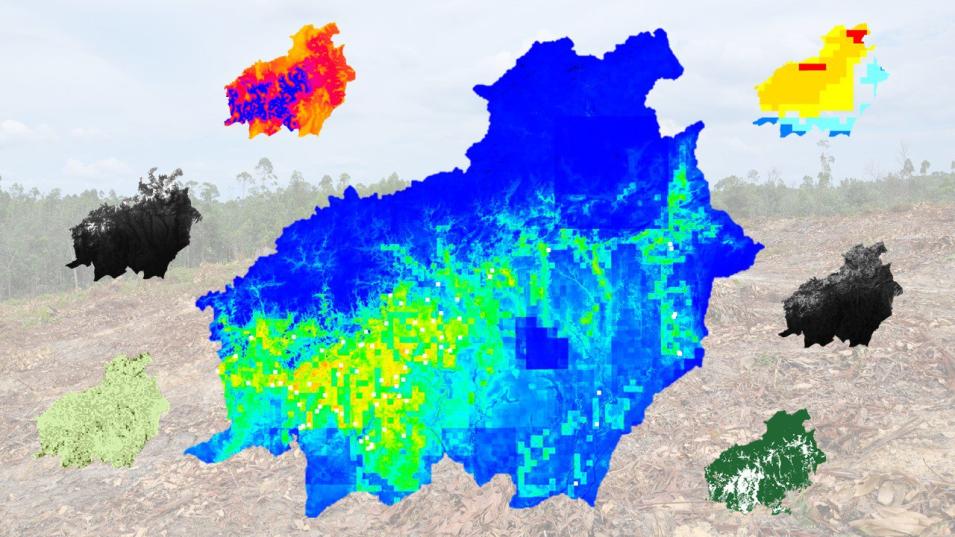In spring 2016, NASA DEVELOP teams used NASA Earth observation data distributed by the Land Processes Distributed Active Archive Center (LP DAAC) in several of their projects. These data included Moderate Resolution Imaging Spectroradiometer (MODIS) and Advanced Spaceborne Thermal Emission and Reflection Radiometer (ASTER). MODIS and ASTER data were applied to water issues, including monitoring drought in Uruguay, analyzing drought in various rainforest environments, and monitoring the health of costal marsh in Alabama. These data were also used in human health related applications, including creating models to predict optimal areas for potato cultivation in Peru, predicting the risk of dengue fever in Puerto Rico, and creating community heat vulnerability maps during heatwaves in Phoenix, Arizona. Another way these data were used was in an environmental application to locate areas that can provide protection for Mule Deer in the Western US.
For more information about all of the Spring 2016 DEVELOP projects, please visit the DEVELOP archive.
Featured Project: Palm Oil Production in Indonesia
One of the projects, Calamity in Kalimantan: Palm Oil Growth at the Expense of Diversity, studied palm oil production in Indonesia. Indonesia is the world’s leading producer of palm oil; however, this has led to the palm oil industry being the biggest contributor of deforestation in the country.
